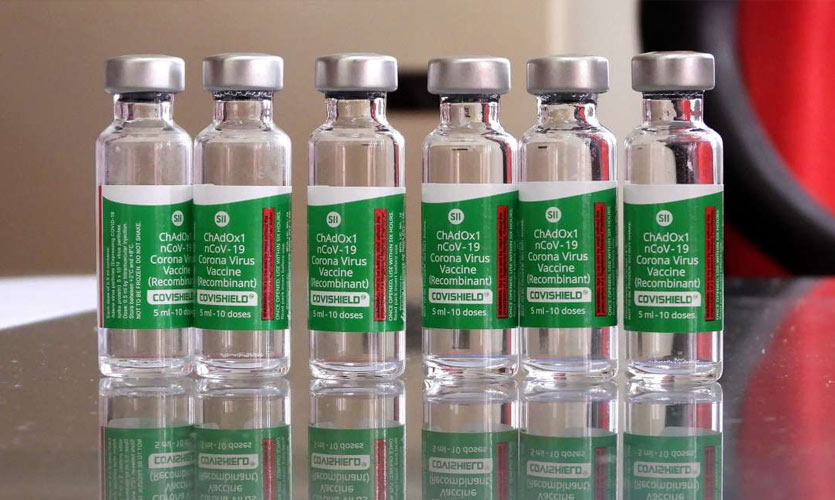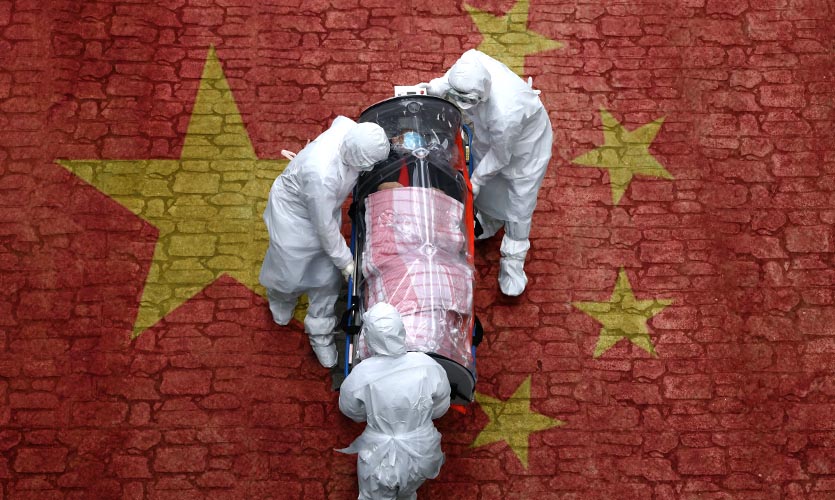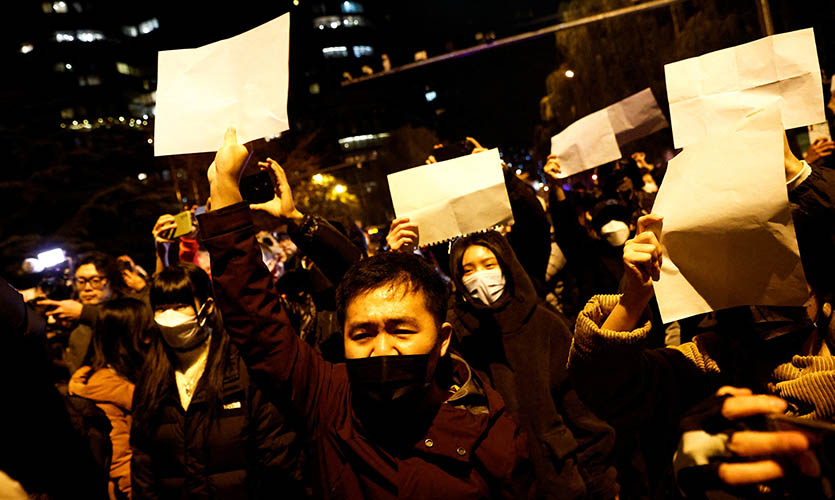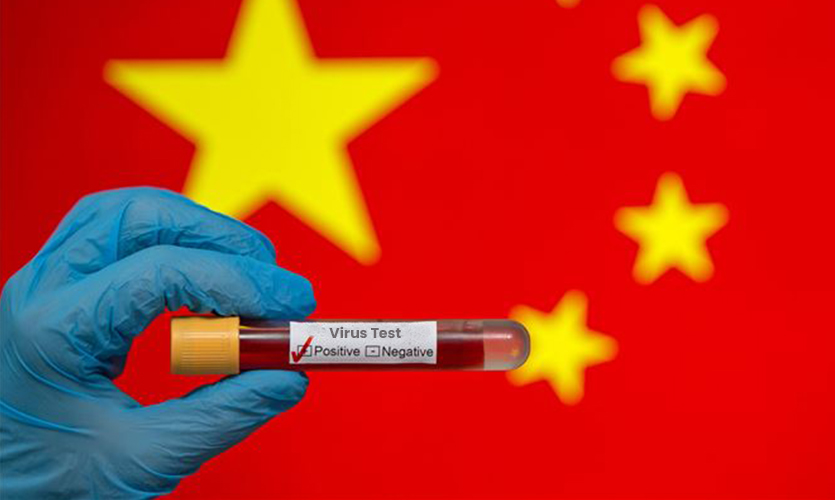The central Ministry of Health and Family Welfare, on Sunday, announced that nearly 120 million vaccine doses will be available for the national COVID vaccination programme in June, as both – the Serum Institute of India (SII) and Bharat Biotech – are looking to increase their production capacity to 110-120 million doses from the current 75-80 million.
At least 60 million doses of the COVID-19 vaccines will be sent to several states and union territories by the central government, as a free supply for vaccination of priority groups such as health care workers, frontline workers, and those aged 45 and higher. Aside from that, about 59 million vaccination doses will be accessible to all states and private hospitals for direct purchase.
“In June 2021, close to 120 million doses will be available for the national Covid-19 vaccination programme… Vaccination is an integral pillar of the comprehensive strategy of the government of India for containment and management of the pandemic, along with the test, track, treat and Covid-appropriate behaviour. As part of the nationwide vaccination drive, the government of India has been supporting the states and UTs by providing them Covid-19 vaccines free of cost,” the health ministry said in a statement.
However, the ministry did not provide a state-by-state breakdown of the number of vaccine doses granted for this month. According to reports, Adar Poonawalla, the CEO of SII, assured union Home Minister Amit Shah that the company will increase vaccine production of the Oxford-AstraZeneca, also known as the Covishield vaccine, by 90-100 million doses in June.
The allocation of supply to states and union territories through the government channel is based on consumption patterns, population, and vaccine waste. To promote better planning and delivery of vaccinations, supply information is given in advance for 15-30 days.
“The supplies are being fast ramped up by the manufacturers, so more vaccine doses will be available in weeks to come. The doses need to be effectively distributed also at the state level keeping the current supply scenario in mind. The priority has to be covering the country’s high-risk population — health care, and frontline workers, and those above 45 years of age,” said a senior central government official, requesting anonymity and quoted by Hindustan Times.
However, the real truth paints a different picture. While the Centre has announced more availability of vaccines in June, some vaccine centres in the country continue to remain shut due to a lack of adequate stock.
The city of Mumbai, which reported the largest number of cases during the peak of the second wave, is still facing a shortage of vaccines. The Brihanmumbai Municipal Corporation (BMC), on Wednesday, said that no COVID-19 vaccines will be administered at government and municipal centres. The municipal corporation is likely to resume the vaccination process by June 4, provided the stock arrives.
The Tamil Nadu health minister postponed the COVID-19 immunisation till June 5 due to a severe scarcity of vaccinations. On June 6, the state expects to get 42 lakh doses in various phases.
Similarly, despite registering on the vaccine portal, several slots in West Bengal’s North 24 Parganas got cancelled due to lack of stock. Several people in Telangana have also turned away from the designated private hospital or vaccination centre, or their appointments have been cancelled owing to vaccine shortages.
Jharkhand is also suffering from a serious scarcity of COVID vaccinations, with just two to three days’ supply for the 18-44 age range left. The vaccination plan in Bihar, which ranked highest in immunisation for persons aged 18 to 44, is severely hit as many centres in the state have run out of stock.
The Delhi administration has opted to address vaccine shortages on its own by issuing a global tender to procure 1 crore COVID-19 vaccine doses on an urgent basis. Due to the scarcity of vaccines, the Delhi government had placed the immunisation of recipients aged 18-44 years on hold for five days, on May 22. It reported that the UT’s supply of Bharat Biotech’s Covaxin had been depleted and that it was not accessible in the national capital for persons over the age of 45 as well.
Also Read: What experts say regarding pregnancy during COVID-19.
Increasing the availability of the doses could also put a dent in the economy. However, according to a recent report by the State Bank of India’s (SBI’s) economic wing, the total vaccination cost across 20 major Indian states is ₹3.7 lakh crore, which is far less than the economic loss resulting from the recent lockdown, which is ₹5.5 lakh crores, assuming the lockdown for most states ends in June.
“The vaccine’s reported price, as per the data available with UNICEF, is in the range of $2-$40. If we construct simple scenarios with different price ranges, i.e., at $5, $10, $20, $30 and $40, with the Rupee-dollar exchange rate of 73, and assume that the Centre gives 50 per cent of the vaccines for the states’ population, the vaccine expenditure for the rest 50 per cent for various Indian states would be in the range of Rs 0.2 billion for Sikkim (if the vaccine is procured at $5 per dose) and Rs 671 billion for Uttar Pradesh (if the vaccine is procured at $40 per dose),” wrote Dr Soumya Kanti Ghosh, group chief economic adviser at SBI in their latest Ecowrap report, according to Business Standard.
Almost all specialists have emphasised the need of vaccinating the country as quickly as possible to keep economic activities running smoothly after the lockdown is lifted. Lifting the blockade and resuming normal operations can help India restore its economic recovery, which has been driven into unprecedented, recessive waters










